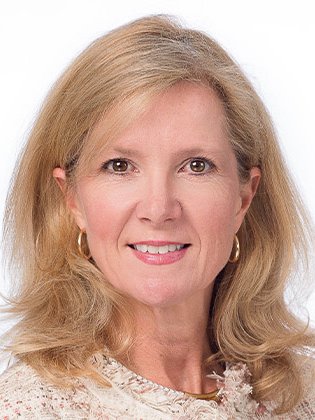Humanizing healthcare
People expect intuitive access to their healthcare and personalized experiences. Leaders that reinvent to create easy access and engaging experiences will stay resilient while delivering better outcomes.
Healthcare now
85%
of CEOs and 79% of health system leaders see substantial or transformative change ahead
1.82x
increase in home and virtual care expected by health executives over the next decade
13M
the projected shortage of nurses by 2030 according to the International Council of Nurses
70%
of healthcare workers’ tasks in the US could be redesigned by technology augmentation or automation
How to reinvent health
Digital Health
Expand care access, bolster security and improve outcomes with a digital core
Technology, data and insights can enhance patient care, increase access and boost security – if you have a strong digital core. Find out how to build a healthy foundation.

Reinvent workforce & patient experience
Equip clinicians to deliver better experiences-improving outcomes and loyalty
Improve patient experiences and health outcomes by equipping clinicians with the tools and time they need to deliver exceptional care—driving both better results and lasting loyalty.
CYBERSECURITY
Prioritize cyber resiliency to protect your patients’ data and health
Healthcare companies face unique cybersecurity challenges due to sensitive data, complex IT environments, and evolving threats. Proactive security can protect patient data and ensure continuous care.

Health Operations
Achieve operations maturity to drive quality, talent management and financial outcomes
Outdated business models, cost pressures, work shortages, and legacy technology challenge healthcare. With optimized operations, you can increase efficiency, productivity and cost margins.
Health Equity
How AI can drive more equitable health outcomes
Social determinants shape 80% of health outcomes. AI and data can boost equity and access by reducing bias. It’s time to infuse cultural insights into patient care for transformative results.
EMR Cloud
Deliver better patient outcomes with secure, reliable, accessible records
Healthcare companies face increased operational costs, data privacy scrutiny and patient expectations. With EMR cloud, health providers can focus on patient outcomes, instead of outdated technology systems.
Segments we support
What’s trending in health
Awards and recognition
A Leader in Everest Group Healthcare Data, Analytics, and AI Services
Highest leader Everest Group Healthcare Provider Digital Services
Top leader Healthcare Provider digital services Everest Group
Our leaders

Rich Birhanzel
Global Health Industry Lead

Steve Savas
Managing Director – Strategy & Consulting, Health Lead, North America

Michael Zettel
Senior Managing Director – EMEA Health Industry Lead

Kristin Ficery
Senior Managing Director – Global Health Strategy Lead










